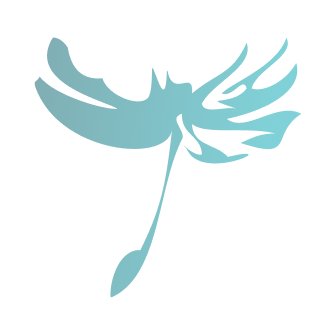Photographer: Andrea Blumtritt | Rights management: Ethnologisches Museum, Staatliche Museen zu Berlin
Attribution - NonCommercial - ShareAlike 4.0 InternationalSmall, three-legged anthropomorphic vessel pipe. The hollow object has an inflated body that has been flattened on two sides. The standing figure wears a round headdress and earrings. It has two small, opposing openings at the neck, which were probably used for suspension. One leg was used as a mouthpiece. The object has been smoothed, slurried and primed. The primer is almost completely eroded. The ceramic has several glued fractures. The monochrome object has a white base colour, which was applied to reddish clay. The figure appears to have a hump. She is resting both hands on her stomach. Social significance: similar sculptures have been interpreted as ritual objects (Bransford 1881; Bonilla et al. 1987), as pendants or as vessel pipes (Lehmann 1913). According to Lehmann 1913: El Viejo style. Lothrop (1926) discusses the pottery under the groups orange-brown ware figurines and red ware figurines. Cultural significance: the group is only known from the south of the Gran Nicoya region. Their artefacts were mainly documented in burials. The pottery belongs to a group of decontextualised objects that Lehmann found in a burial ground near El Viejo in March 1908. There are said to be 480 objects from Huaca A alone. In addition to ceramics, they also include axes, rubbing stones, shells and "greenstones". The latter were associated with inhumations. (Künne 2004)
Cataloguing data
Depth: 8,5 cm
Width: 9,6 cm










